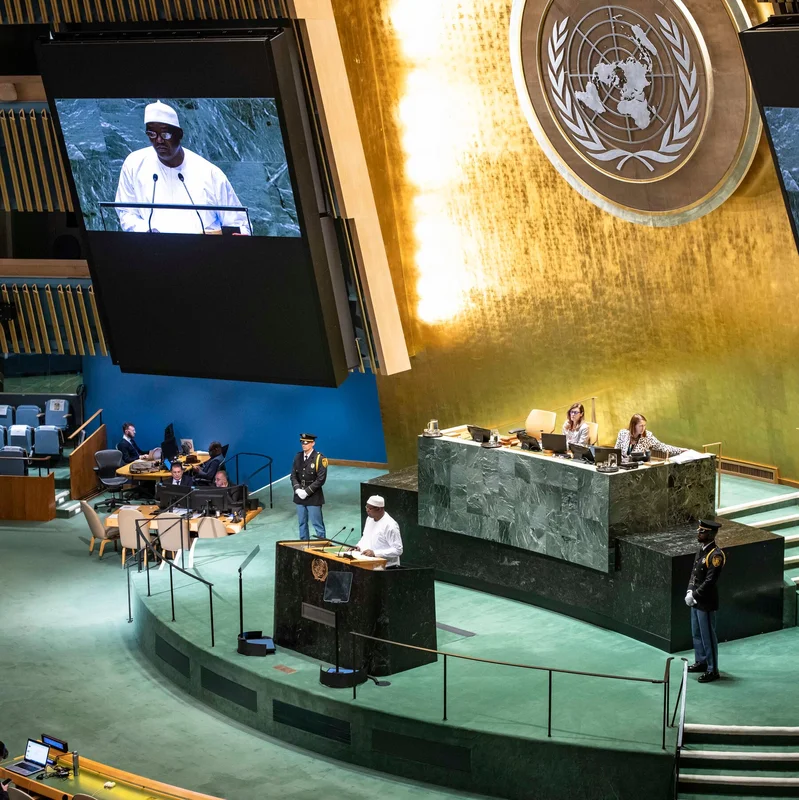Table of Contents
- Virginia Redistricting Breakthrough
- Why Now? The Gerrymandering Arms Race
- How the Process Works
- Potential Impact on 2026 Elections
- Bipartisan Commission in Jeopardy?
- What Happens Next
- Sources
Virginia Redistricting Breakthrough
In a pivotal move that could reshape the state’s political landscape, Virginia’s Democrat-controlled legislature has approved a constitutional amendment to allow early redistricting ahead of the 2026 midterm elections. The decision marks the first formal step toward drawing new congressional maps—potentially adding two or even three Democratic seats to Congress from Virginia alone.
This Virginia redistricting effort comes amid a nationwide surge in map-drawing activity, as both parties race to lock in electoral advantages before the next census cycle. While the process is expected to take months—and still requires multiple legislative and voter approvals—the implications are already sending shockwaves through political circles.
Why Now? The Gerrymandering Arms Race
The timing isn’t accidental. Earlier this year, former President Donald Trump urged Republican-led states to redraw their congressional districts to maximize GOP gains. In response, Texas, North Carolina, Missouri, and Ohio have already enacted new maps. Indiana is holding a special session next week for the same purpose.
Virginia Democrats argue their move is defensive—and strategic. “If other states are changing the rules, we can’t sit idle while our voters are diluted,” said one senior aide familiar with the negotiations. The proposed amendment specifically allows Virginia to act if another state redraws its maps early—a condition already met by at least five states.
How the Virginia Redistricting Process Works
Virginia’s path to new maps is unusually complex due to a 2020 voter-approved constitutional amendment that created a bipartisan redistricting commission. That commission, however, deadlocked in 2021, forcing the state Supreme Court to appoint special masters who drew the current decade-long maps.
The new amendment doesn’t scrap the commission. Instead, it creates a narrow window—expiring in 2030—for the General Assembly to override the decade rule if triggered by out-of-state redistricting. To become law, the amendment must pass the legislature twice: once before the November 4, 2025 election and again in 2026, followed by a statewide referendum.
Potential Impact on 2026 Elections
Analysts estimate that a Democratic-drawn map could flip up to three currently competitive or Republican-leaning districts, particularly in fast-growing suburbs of Northern Virginia and Hampton Roads. If successful, this could help offset GOP gains in other states and bolster Democratic chances of retaking the House in 2026.
“This isn’t just about Virginia—it’s about national balance,” said Dr. Lena Torres, a political scientist at George Mason University. “In a 50-50 nation, a few seats in key states can determine control of Congress for years.”
Bipartisan Commission in Jeopardy?
Critics warn that bypassing the independent commission—even temporarily—undermines the anti-gerrymandering reforms Virginians voted for just five years ago. “You can’t claim to support fair maps while giving one party a backdoor to redraw them,” said GOP Delegate Chris Head.
Supporters counter that the commission remains intact and that the amendment includes strict sunset provisions. “This is a targeted, time-bound response to an extraordinary situation,” said Senate Majority Leader Scott Surovell. “It’s not a power grab—it’s parity.”
What Happens Next
With the first legislative vote now complete, all eyes turn to the November 4 election. If Democrats retain control of the House of Delegates—as polls currently suggest—they plan to hold the second required vote in January 2026. A public referendum would likely follow later that year.
If approved by voters, new Virginia redistricting maps could be implemented in time for the 2026 midterms, making Virginia a critical battleground not just for candidates—but for the very rules of democracy itself.




